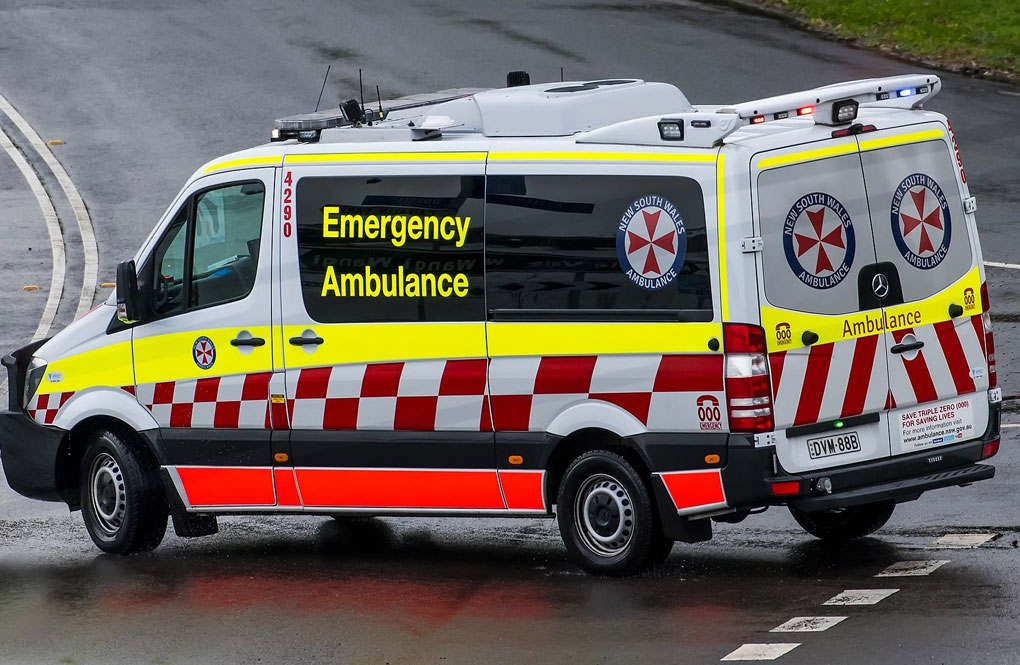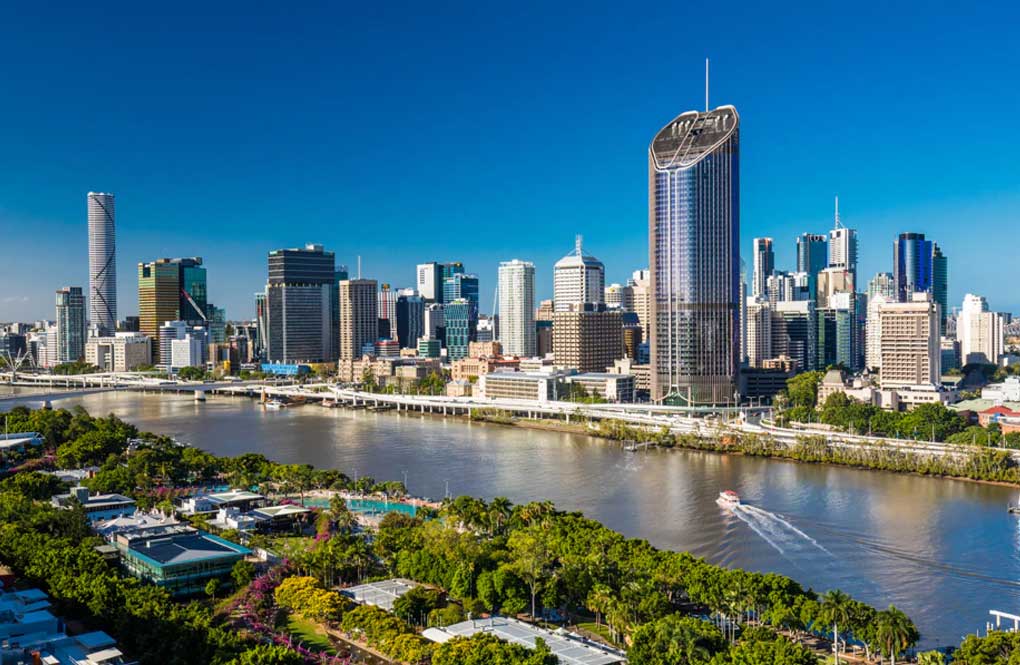People are waiting longer than ever for ambulances and facing long delays before seeing a doctor in hospital due to continued pressure on the NSW Health system.
The state’s healthcare system was stretched by a winter wave of COVID-19 as well as a rampant flu season, causing blowouts in wait times across the sector.
The latest Bureau of Health Information Quarterly Report, released on Wednesday, revealed the strain between April and June.
A typical patient faced a lengthy wait for an ambulance, and more than 76,000 people left emergency departments without finishing treatment or being seen by a doctor.
The number of patients leaving an ED without, or before having completed, treatment is the highest since reporting began 12 years ago.
One-in-five patients who leave the ED before completing treatment is likely to return within three days, bureau acting Chief Executive Hilary Rowell said.
The report found about 60 per cent of ED patients were seen on time, a record low result for the state.
Emergency visits were up 5.2 per cent from the same period before the pandemic in 2019, but fell from a record high in 2021.
General Secretary of the NSW Nurses and Midwives’ Association Shaye Candish said the findings are a reflection of the extreme pressure healthcare staff are under.
“The sheer volume of patients leaving our emergency departments before starting their care is shameful,” she said.
The nurses’ union called on the government to overhaul the staffing system, saying it was no longer fit for purpose.
“We need clear nurse-to-patient ratios on every shift to deliver safe care to all patients when they need it,” Ms Candish said.
However, NSW Health maintained that despite the stress of COVID-19, the flu, and furloughed staff, hospitals performed well and delivered high-quality care during the winter period.
Challenges faced by the system did affect timeliness of care delivered between April and June.
“But we continued to make every effort to ensure that those who need care urgently received it without delay,” NSW Health Deputy Secretary Matthew Daly said.
While hospitals endured a busy quarter, they also dealt with an increase in the complexity of ED presentations.
Figures have been deteriorating since before COVID, as pressure is lumped on healthcare workers, AMA NSW President Michael Bonning told AAP.
“People have gone to superhuman efforts and lengths to manage the COVID-19 waves and the influenza season and the respiratory viruses,” Dr Bonning said.
“The system has to do more, and as it does more, it also struggles.”
Those efforts could not be perpetually sustained, he warned, and NSW ran a risk of losing much of its talented workforce to burn out.
Ambulances were also in high demand with patients facing record average wait times.
Half the ambulances sent to patients classified as “emergencies” took more than 16.3 minutes, the worst result in 12 years.
More than half (57.6 per cent) the ambulances sent to more severe, life-threatening emergencies arrived within the benchmark ten-minute timeframe – also the worst result in 12 years.
The number of call-outs classed as life-threatening has grown by more than 85 per cent since before the pandemic.
Wait times for non-urgent elective surgery is also on the rise, with more than 26,000 people who had surgery in the quarter having waited just under a year.
Of those, some 18,748 waited longer than clinically recommended for their surgery – the highest number since reporting began.
There are 98,625 people on the state’s elective surgery wait list, 2286 fewer than the last reporting period in March.
President of the NSW branch of the Australian Paramedics Association Chris Kastelan said the situation is deteriorating.
“We’re alarmed that response times are growing longer every quarter,” he said.
“When transfer of care times blow out, paramedics are left waiting outside hospitals and unavailable to respond to emergencies in their communities.
“It’s incredibly concerning.”
(AAP)













